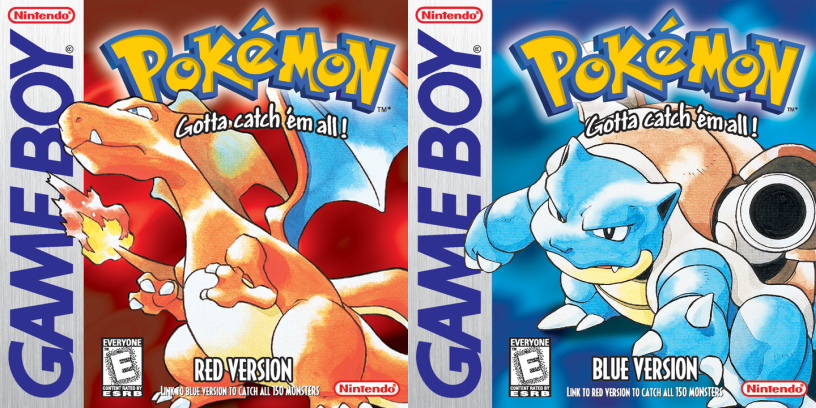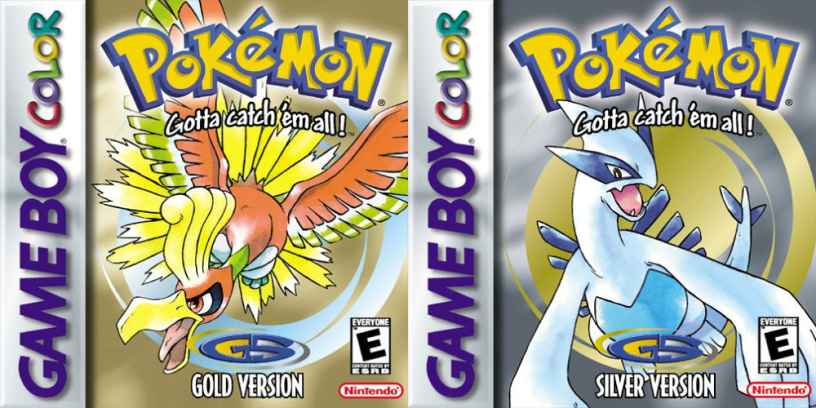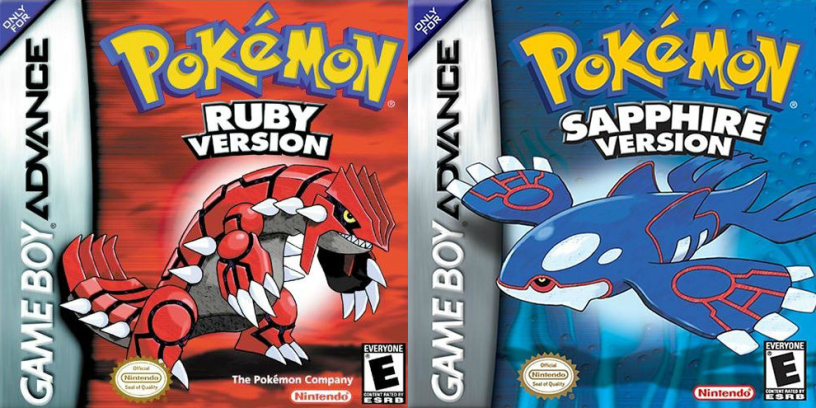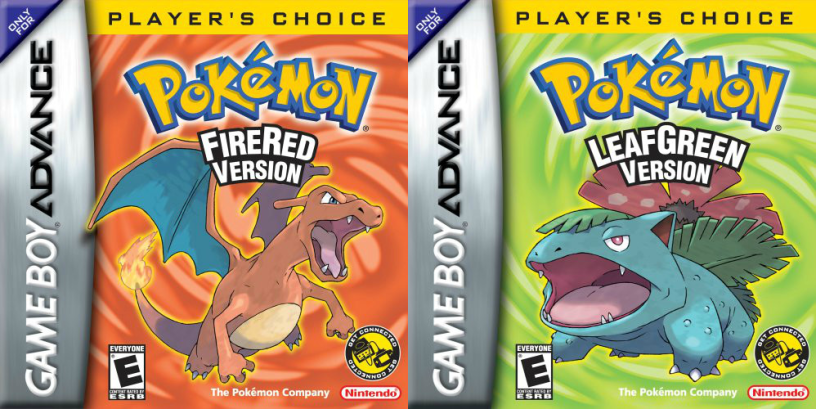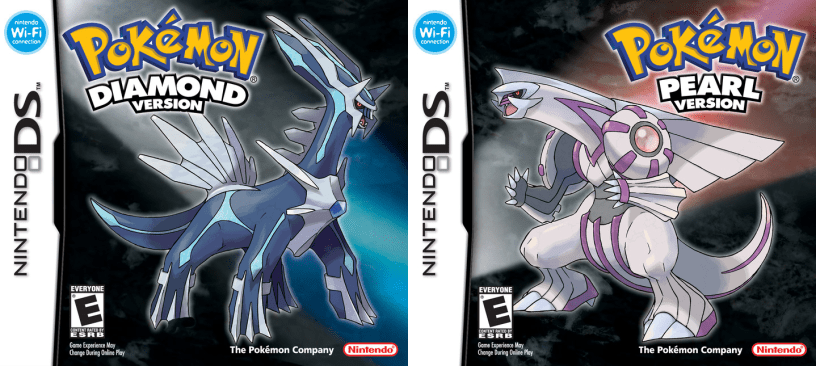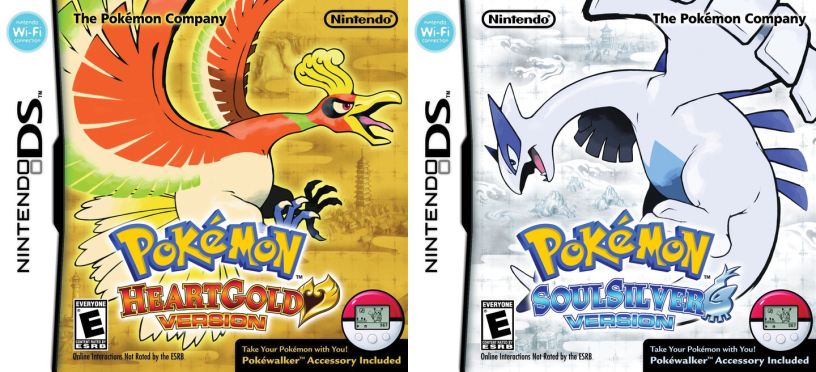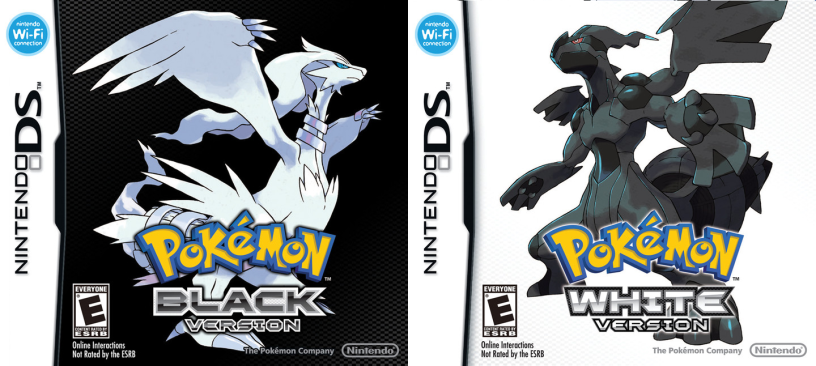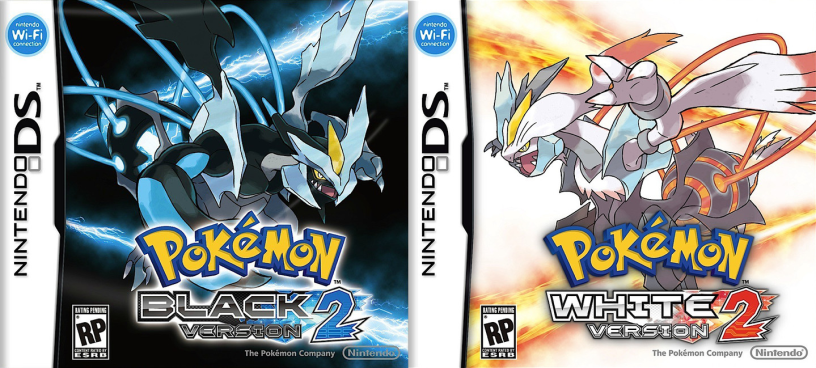We thought we’d celebrate the newestPokémonrelease by providing a definitive crash course in this iconic gaming franchise’s history. Our focus will be what’s often called the “main series”—the core RPGs centered around catching, battling, evolving, and trading Pokémon—in the order they were released internationally. We’ll also look at how the essential elements behind aPokémongame have developed over time.
Pokemon “Main” Games in Order
EveryPokémongame has brought something new to the table—this usually includes new areas to explore and new Pokémon and human characters, but can also mean entirely new mechanics that can bring major upgrades to gameplay. We’ve compiled a quick rundown of every entry in the main series and included some notes on how each one builds uponPokémon’s core player experience.
Pokémon Red and Blue (1998)
The first entries in the Pokémon franchise introduced many features now considered series staples; the player starts the game as a budding Trainer, builds a team by battling and capturing wild Pokémon, and eventually takes on the Pokémon League. 24 years later, this process remains at the core ofPokémon’s formula, and with good reason! This “if it ain’t broke, don’t fix it” approach has kept the series consistent over time and allowed for each iteration to develop with a familiar template.
Pokémon Yellow (1999)
Yellowstayed close to the formula of the originals while taking cues from the success of the anime and particularly the breakout appeal of Pikachu.
Pokémon Gold and Silver (2000)
Unlike many of the later core titles, these acted as a semi-sequel to the games that came before them: despite featuring different protagonists to the original games,GoldandSilverfollowed up on many ofRedandBlue’s remaining plot threads and included the world of the original games as a post-game area. They also established greater mechanical depth, expanding on the gameplay of the originals.
Pokémon Crystal (2001)
This special edition of the Generation II games developed the plot ofGoldandSilverfurther while adding extra post-game content.
Pokémon Ruby and Sapphire (2003)
Despite their lack of backward compatibility, these third-generation games added a great deal of depth to the battle system.RubyandSapphirealso added several activities beyond the typical battle experience, such as Pokémon Contests.
Pokémon FireRed and LeafGreen (2004)
The first of many remakes, these games referenceRedandGreen(the first games released in Japan) rather thanRedandBlue(the first games released internationally) in their titles. They added significant expansions to the maps of the original games, greatly expanding the post-game.
Pokémon Emerald (2005)
Emeraldcombined the best of bothRubyandSapphire, along with gameplay improvements and new features in a similar vein toYellowandCrystal.
Pokémon Diamond and Pearl (2007)
Generation IV came with a range of changes using the new capabilities of the Nintendo DS; this included a greater focus on multiplayer elements, including the ability to trade Pokémon via the internet. The addition of wireless functionality also helped these games to expand on features introduced in Generation III, such as Pokémon Contests and Secret Bases.
Pokémon Platinum (2009)
Another special edition, this game combined elements ofDiamondandPearl, continuing to build on their improved multiplayer experience.
Pokémon HeartGold and SoulSilver (2010)
Remakes of Generation II’sGoldandSilver(while also including elements ofCrystal), these games featured many unique additions, including new ways to interact with Pokémon throughout the adventure. While some of these elements were dropped in later games, they would return many years down the line inGOandLet’s Go.
Pokémon Black and White (2011)
Generation V continued to add new multiplayer features making use of the DS’s wireless functions; these included the C-Gear, Entralink, and Dream World. It also featured an entirely new set of Pokémon, rather than using a mix of old and new characters as previous generations had done. WithBlackandWhite, the series also began to increase its focus on plot and characterization.
Pokémon Black 2 and White 2 (2012)
The first direct sequel games in the main series followed on from the plots ofBlackandWhitewhile greatly expanding the amount of post-game content. Many of the features introduced in these games, while well-received, did not carry over into later games.
Pokémon X and Y (2013)
In Generation VI,Pokémonfinally made the leap to 3D. X and Y introduced a wide range of new features, helped along by the greatly improved graphics of the 3DS.
Pokémon Omega Ruby and Alpha Sapphire (2014)
The long-awaited remakes ofRubyandSapphireadapted many ofXandY’snew features for Generation III’s locales while also establishing the “multiverse” in which thePokémongames take place.
Pokémon Sun and Moon (2016)
Generation VII broke away from several of the typicalPokémonconventions, such as the traditional “Pokémon Gym” formula. These were replaced with more varied “trial” challenges, and the associated Hidden Machines were removed in favor of rideable Pokémon.
Pokémon Ultra Sun and Ultra Moon (2017)
Rather than a single “director’s cut” as in previous generations,SunandMoonwere given “retellings” in the form of these two games. Being the last handheldPokémongames, these were designed to be a celebration of the franchise, featuring many characters and legendary Pokémon from each of the previous games.
Pokémon Let’s Go! Pikachu and Eevee (2018)
Combining elements ofRedandBlue,Yellow,andGO, these were the firstPokémonRPGs on the Nintendo Switch. These games featured a simplified battle and capture system to make them more accessible to new players, and mainly based their wild encounters on those ofPokémon GO. Several elements fromHeartGoldandSoulSilver, such as “following Pokémon,” finally made their return in these installments.
Pokémon Sword and Shield (2019)
These titles commenced Generation VIII, the first to debut on the Nintendo Switch. This change in hardware has allowed for evolutionary graphical overhauls and open-world exploration. Even so,SwordandShieldsaw the return of several classicPokémonmechanics not included inLet’s Go (such as the wild battle system seen in previous titles) as well as some features left out ofSunandMoon(including the Gym Leader challenge). However, these games didn’t include every Pokémon from previous generations.
The Isle of Armor and The Crown Tundra (2020)
In lieu of a game that synthesizes the best of the preceding twin entries, these expansions became available six months apart on the Nintendo Switch eShop and added two entirely new frontiers of open-world exploration in addition toSwordandShield’s Wild Area.
Pokémon Brilliant Diamond and Shining Pearl (2021)
These remakes from the 2006 originals were faithfully executed by ILCA and became the firstPokémonmain games not primarily developed by Game Freak. Not only did ILCA bring a chibi sheen to enliven the look for Switch hardware, but they added post-game content with challenging legendary encounters. These games have proven true to the legacy of the originals as the most difficult mainPokémongames.
Related: Check out theBetter Pokemon Starter Liston our sister site, Upcomer.

Pokémon Legends: Arceus (2022)
The last main game of Generation VIII evolved and deepened the origin of the relationship between people and Pokémon in its presentation of the Hisui region—the Sinnoh of the past—as vast, adjacent open-world areas.Pokémon Legends: Arceusgameplay was similar to that in the open-world areas ofSwordandShieldbut more streamlined.
Judging from how these mainPokémongames have evolved right alongside their fictional characters, we expect the franchise will proceed on the same trajectory of coming back and improving. If there’s anything this Pokémon history can teach us, it’s that great games can get even better with the right balance of consistent innovation and proven gameplay hallmarks.
